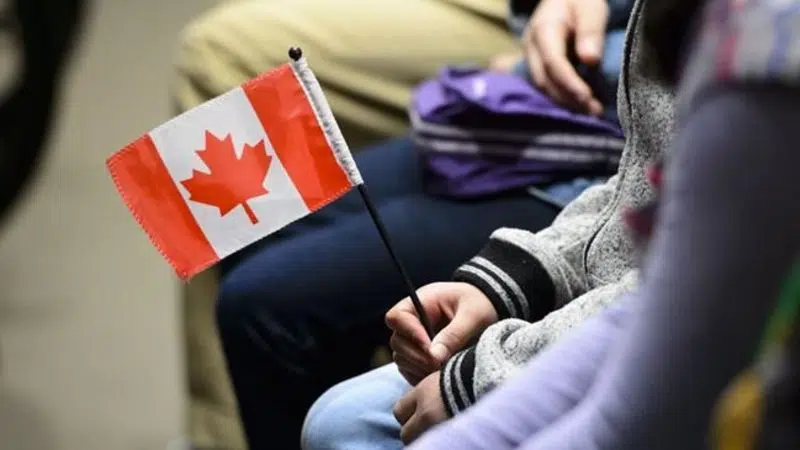
Hussen axes ‘safe country’ program as new stats show asylum claims have tripled
OTTAWA — Immigration Minister Ahmed Hussen is doing away with a policy implemented under the Harper government that aimed to tackle a large backlog of refugee claims by limiting rights for asylum-seekers from certain “safe” countries — a policy Hussen says created inequity in Canada’s asylum system.
The policy divided refugee claimants into different categories, depending on where they were from. The Conservatives enacted it in 2012 as a way to deter “abuse” of Canada’s refugee system by people who come from countries that “do not normally produce refugees and respect human rights and offer state protection.”
Asylum-seekers from a list of 42 countries deemed safe — such as the United States and most of Europe— they were put through an expedited claims process. They were subject to a six-month bar on work permits and had limited access to the federal health program for refugees. If their asylum claims were rejected, they could not appeal the decision to the refugee appeal division, as is the case for claimants from countries that aren’t on the list.
